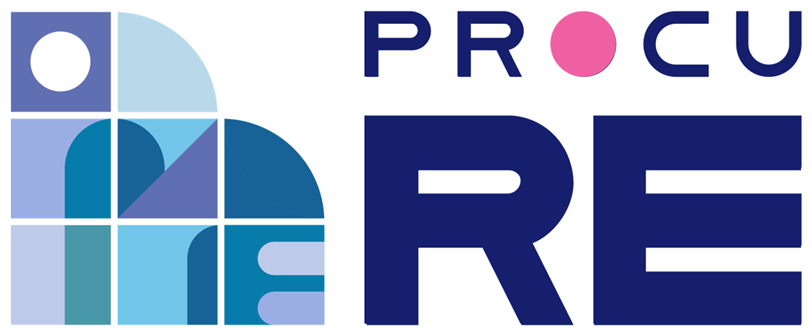Consortium PARadISE already visited all the pilot sites and has shared its impressions.
PARadISE team met representatives of the procuRE consortium, accompanied by the people responsible for the maintenance of the buildings. The team got full support from the procurers on finding the best way to reach the sites and to be prepared for the visit. They made a tour of the facilities in order to know the current state of the sites, which allows them to make a co-design more adjusted to the particular needs of the locations.
The following describes the current state of the design to be itereated through the Co-Design Procedure with procurers which constitutes a criticle part of the Renovation Approach.
On 22 May representatives of the PARadISE Consortium had a two-hour meeting in the Sant Boi town hall in Barcelona. This site represents a challenge for PARadISE project, this building has the particularity that the implantation of the solution has to be deployed without impacting the daily operation of the building. Also, the available space in the building for new installations is limited. However, there is an existing old photovoltaic installation on the roof which could be upgraded or the space could be reused to implement more efficient solutions. The age and state of the actual HVAC system would imply full renovation which will limit the alternative as the system must be shut down.
On 2 June PARadISE came with a visit to the Nuremberg Elementary School. During the four-hour meeting Consortium could check and diagnose all current electromechanical systems in the building. According to PARadISE, the premises are divided into two buildings: the main school and the day care. For each there is a technical room with the corresponding air handling unit. The building is passive-house standard compliant even when is not certified, so it has very low consumption. All existing systems are working in a standalone way, there is not interconnectivity between them, so no general coordination or optimisation procedures are made. All the different standalone systems are open-protocol-ready, so they can be retrofitted to make them work together under a single BMS and SCADA, so new optimisation and fine tunning can be integrated for the existing hardware. There is also a need for integrating the IngSoft (Interwatt) software. The building has plenty space for either new power sources installations as well as storage systems, either the roof or the surrounding space is fully available. Direct sunlight is not obstructed by any natural or artificial structure over the roof.
On 3 June the team went to see the Bakery school, Firincilik ve Pastacilik Okulu centre in Istanbul to explore the current state of the building. They report that building topology is not common, it’s a bakery school in two main different areas: training and production, and management. Main loads are differentiated between resistive (ovens, fermenter, etc), cold rooms and HVAC. The comfort is not homogeneous, winter is too cold in some areas and summer is too warm because of the centralised HVAC system. The building is not digitised, one of top priorities is to deploy a BMS system that can be connected to the SCADA of the municipality. Also deploy submetering devices that can help to disaggregate energy consumption.
On 20 June PARadISE had a meeting in the Velenje school in Slovenia in order to gather information regarding the buildings and to review the equipment and installations. The team says that the systems and the electrical panels are old. Procurers’ main concerns are controlling the heating based in the temperature and improving the ventilation. Also, to include control systems in the building and installing solar panels. Currently, there is a flowmeter and temperature sensors in the boiler. They locally measure the sports centre energy but do not control it. The heating has an on-off switch with a timer. In the sports centre there is overheating (in summer and in winter), while in the school there is a class in the second floor cooler than the rest.
On 22 June the PARadISE Consortium visited the Airport of Eilat in Israel. According to the suppliers, this is one of the most challenging sites. On the one hand, there are the idiomatic and geographical barriers. However, procurers have put significant effort to overcome this limitation. They offer to provide contact and facilitate communication with local providers/installers, which will facilitate PARadISE deployment. Another important point is the fact that procuRE winning proposal shall be included in a major renovation project of the entire zone. This is an opportunity and a challenge as PARadISE would need to be integrated with other public tenders.
The same day representatives of PARadISE went to see the Vila Nova de Gaia school in Portugal. Sappliers say that the visit was very productive as they could collect very important information to complete procuRE’s Phase I. In addition, they found this site well documented and maintained. Also, procurers were interested in energy communities, which is aligned to PARadISE interests. The team highlighted some interesting points such as easy access to all the equipment and facility, good solar resource, and compatibility with the deploy new technologies. The main handicap of this site is that it is not operative at the time of the year (summer) when solar resources are most available.
PARadISE Consortium thanks procurers and people responsible for the maintenance of the buildings for their insight provided during the eneabling them to develop the Renovations Packages.
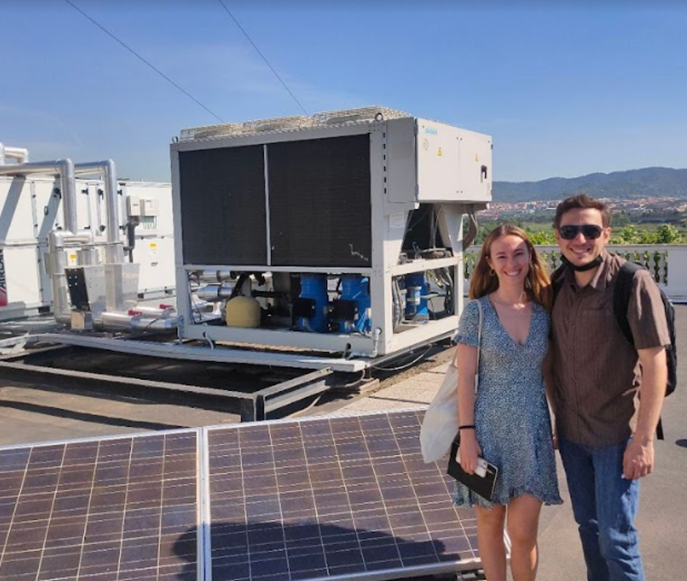
Representatives of PARadISE in the Sant Boi town hall
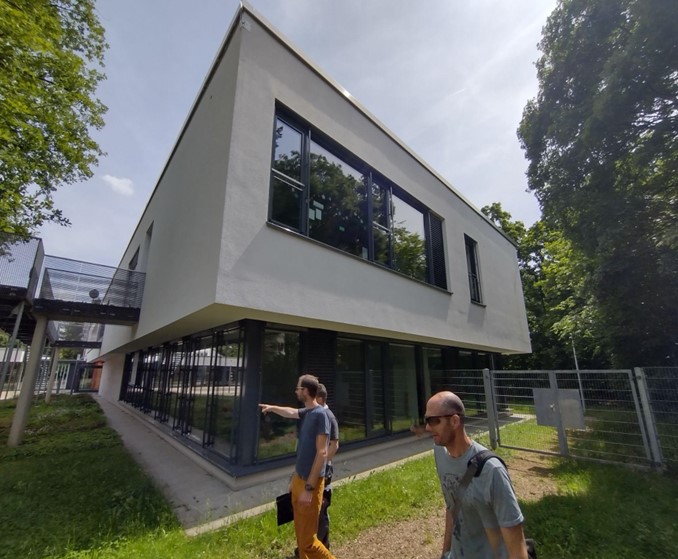
The team is observing the Nuremberg Elementary School
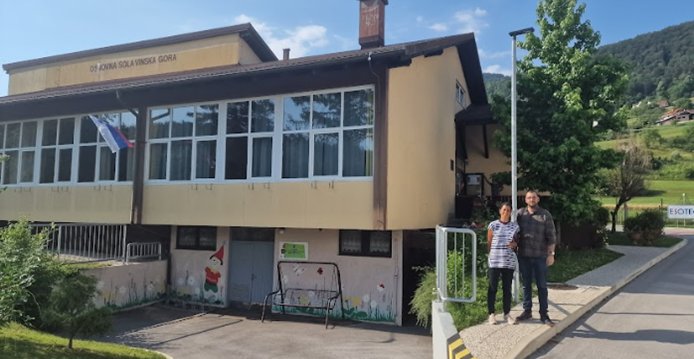
PARadISE had a meeting in the Velenje school

Visit to the Airport of Eilat
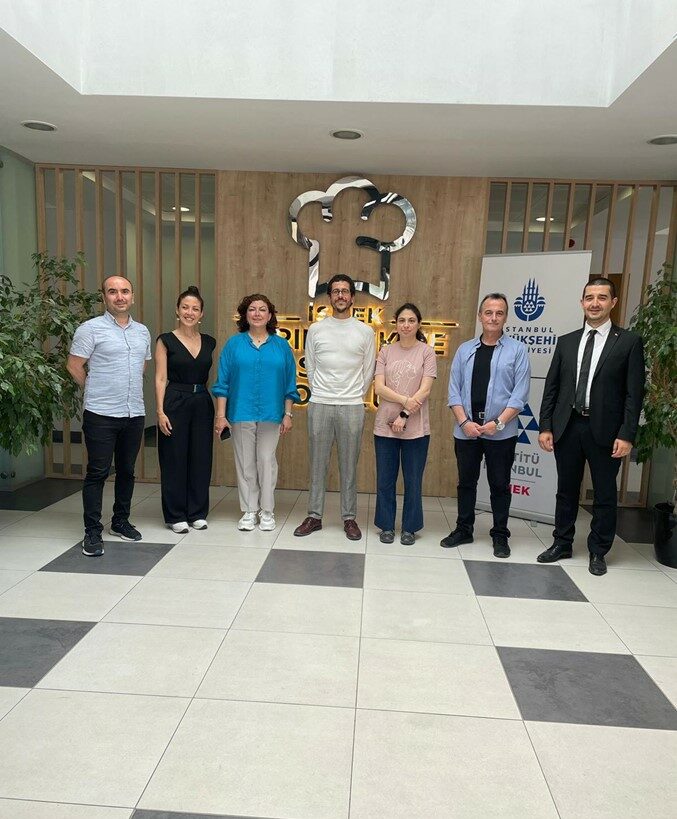
The team with representatives of the Bakery school in Istanbul
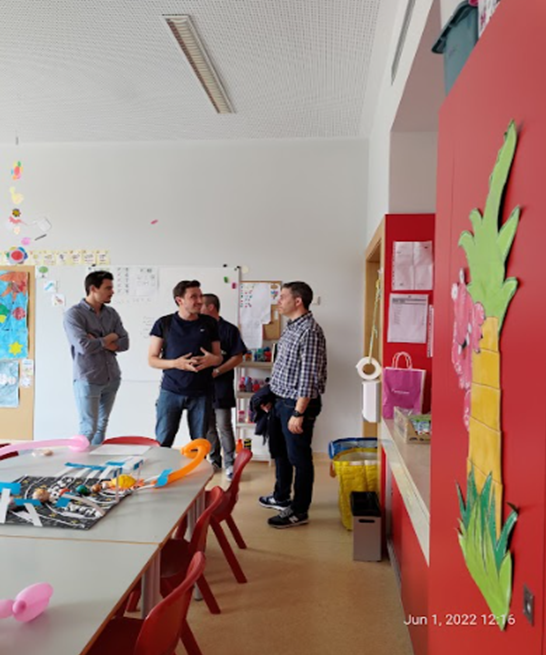
The Vila Nova de Gaia school in Portugal
